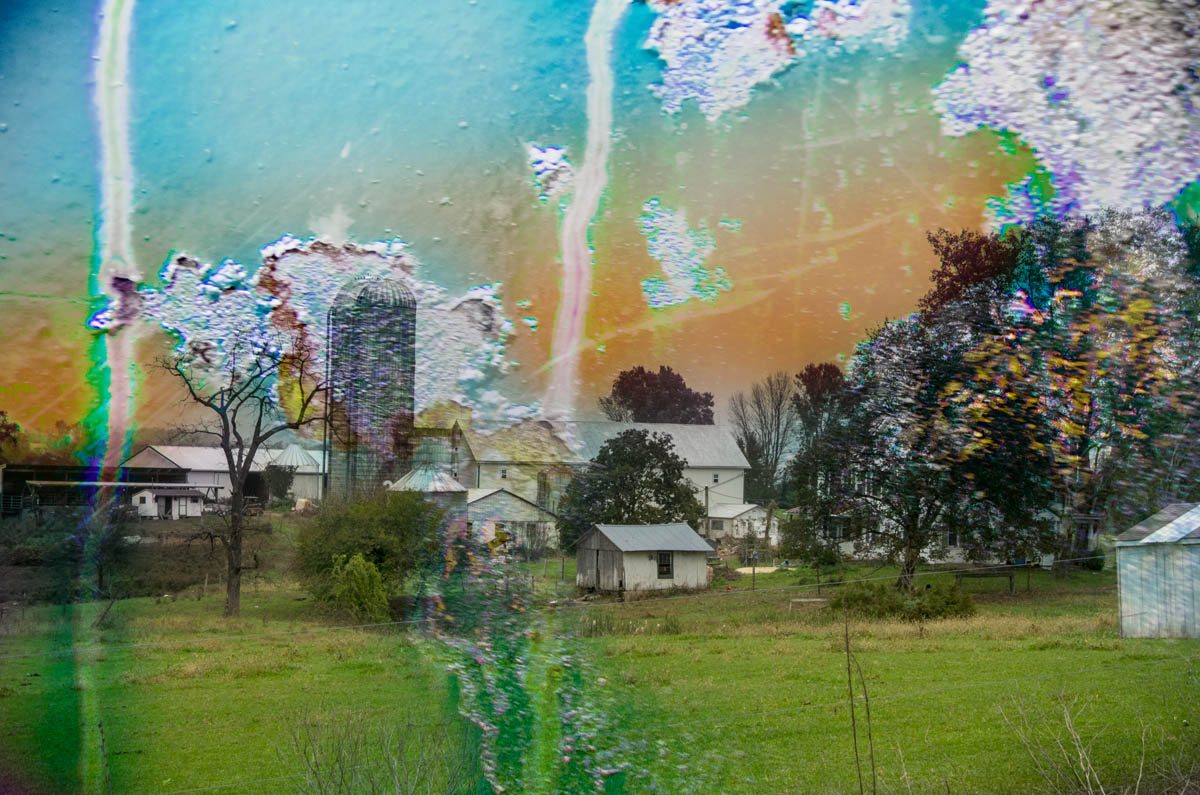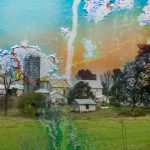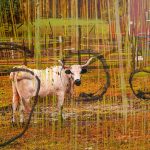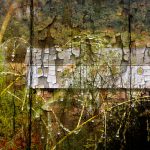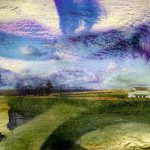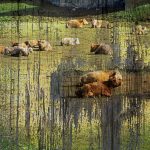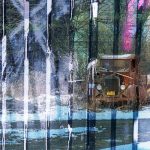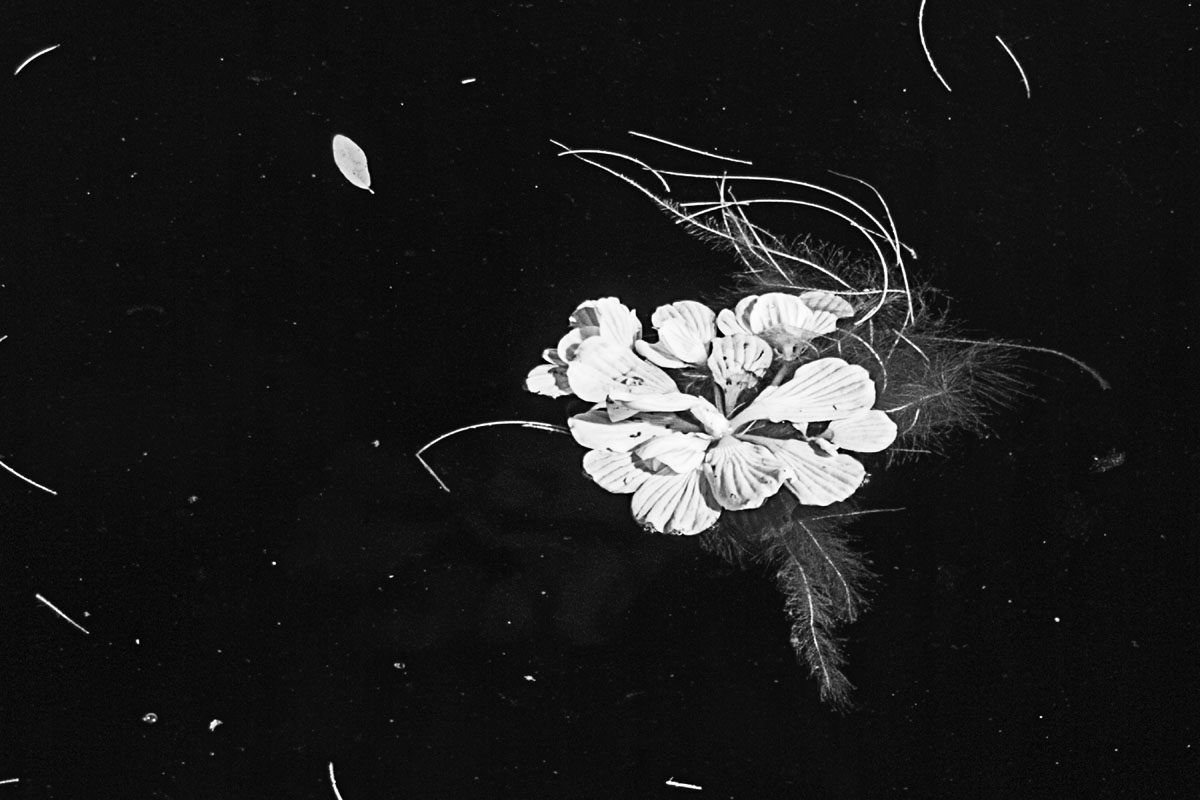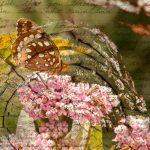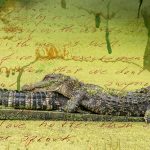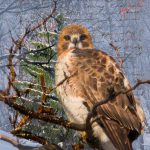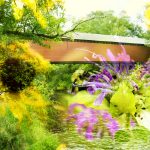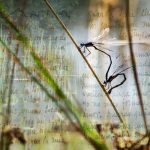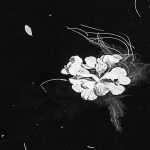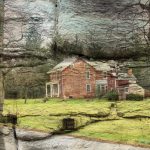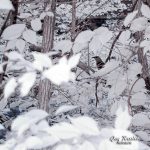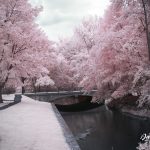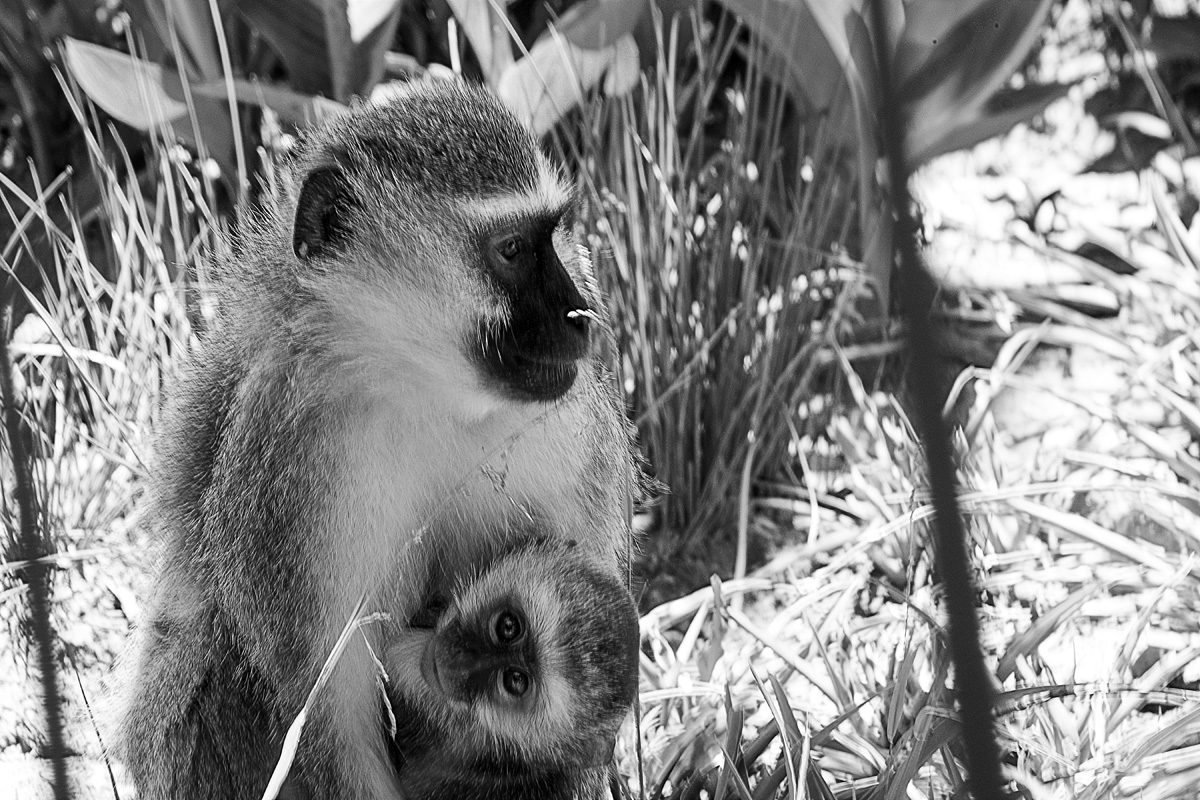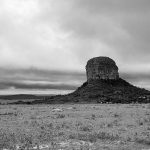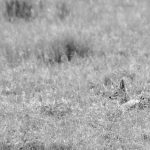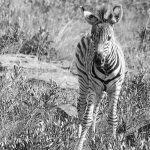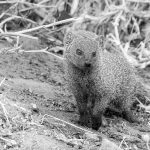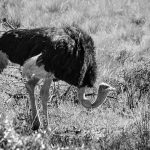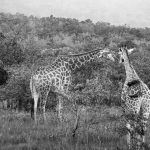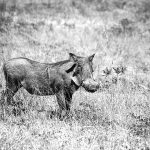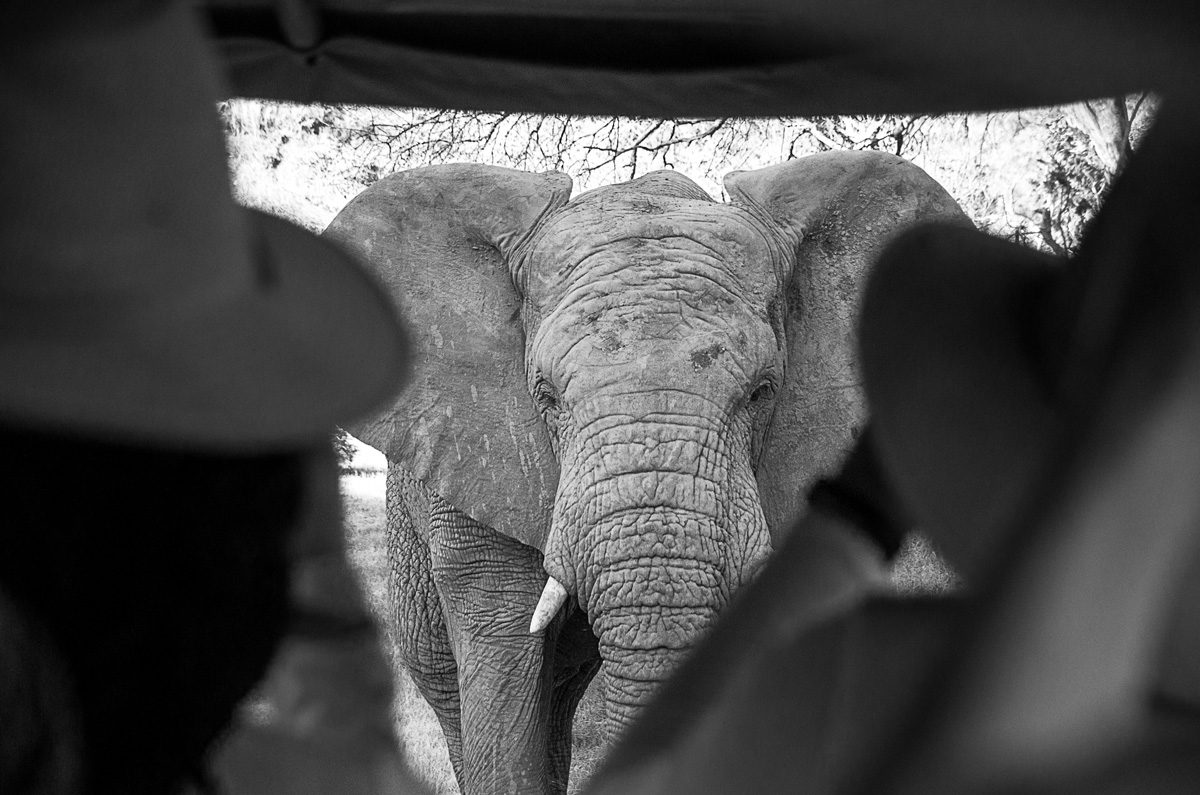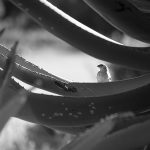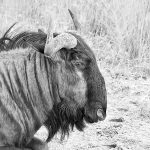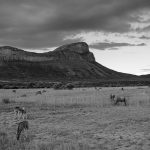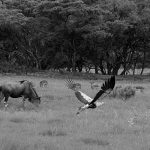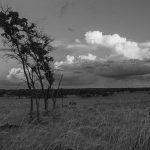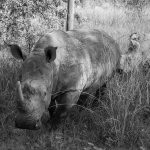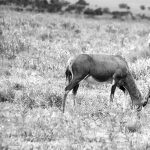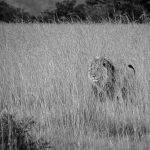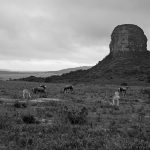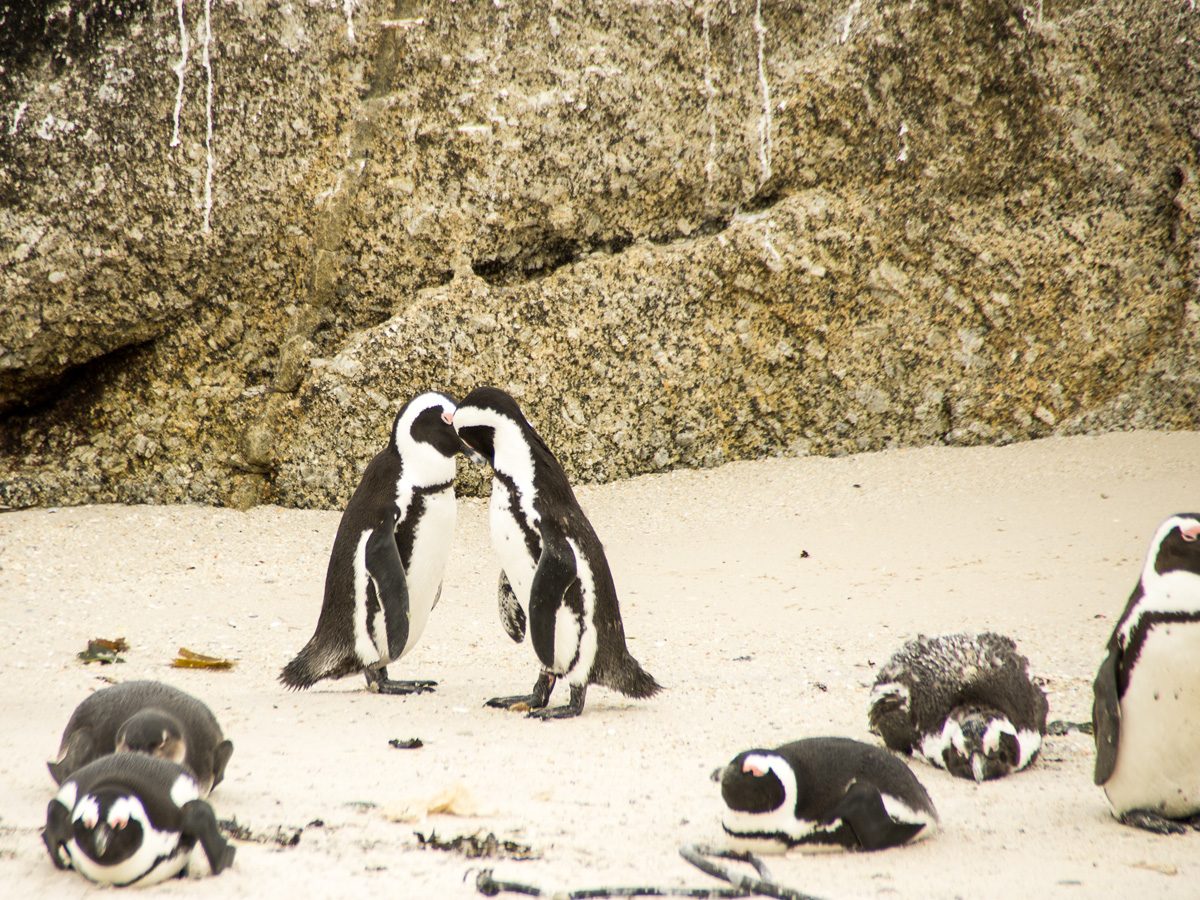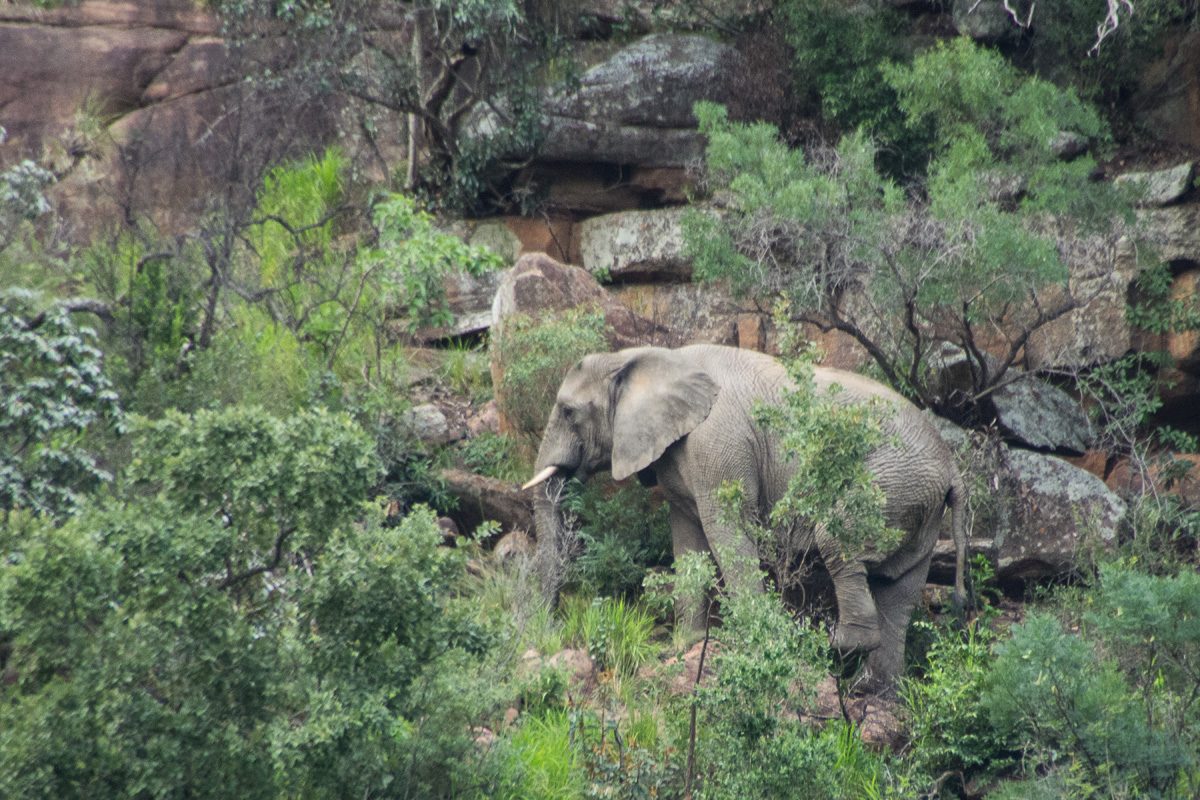Additional photographs in this series are posted in blog posts Nos. 36, 44, and 50 in 2017 and No. 3 in 2018. You can also see many of the photos in this series collected in one place on my website at http://jayressler.com/crds.html.
Category: Animals
No. 46. Layers in Common Show
Never in a million years would I have thought about a Dog Training facility as a venue to display art—mine or anyone else’s—until last spring some friends invited Martha Ressler and me to their opening at Awesome Dawgs. A marriage of a dog trainer and a gallery owner resulted in this interesting amalgam in a renovated barn bordering the Oley Valley. At that time we began negotiating our own show there.
The opening last week of our show Layers in Common was a bit unusual in that the guests included a number of furry four-leggers in various shapes and sizes along with their human companions. It was an art opening and a dog social all in one.
Our show was a bit different in another regard. This is the first gallery show that Martha and I’ve done together. Often we both participate in group shows, sometimes hang a solo show, or occasionally one of us teams up with another artist to share gallery expenses. (We do many art fairs together or side by side.)
Several people have requested that we post the show online. As it turns out, this is a good exercise because it reveals a disconnect between what I actually show in galleries or other venues and what appears in this weekly blog. Several pieces have been shown one place or another, but not here. Martha has posted her half of the show under the title Awesomeness on her blog, here. Below is my artist statement for this show in which I discuss the somewhat disparate selection of pieces.
Words about Layers in Common — Anchoring my selections for this show are four pictures from my Love Letters series, a group of pictures incorporating photos of wildlife with love letters I’ve found in various places, mostly on the Internet, blended into the background. Four more are from two parallel series I’m currently working on Country Roads and Country Too. The former is a grouping of composite photos the latter black and whites. Both series are based on rural Berks County landscapes. Quarter Past Midnight rounds out the locally-sourced pictures. Water Lettuce, an infrared picture shot on Coffeepot Bayou in St. Petersburg, FL, is something of an outlier in this exhibit. It was chosen for purely aesthetic reasons to hang next to Quarter Past Midnight and like Hard Look bookends the exhibit with black mats.
No. 40. Como la Cigarra: A Song of Defiance and Survival
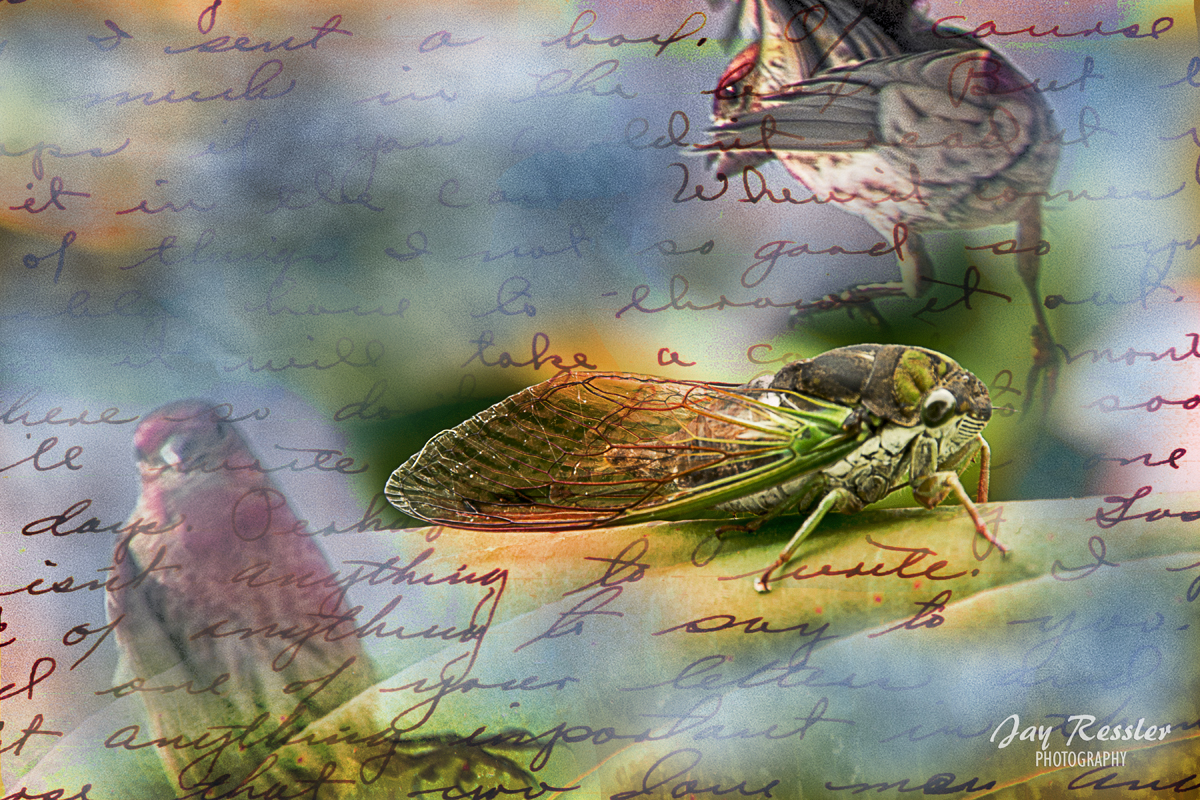
Did You know? Cicadas have been used as money, in folk medicine, to forecast the weather, to provide song (in China), and depicted widely in folklore and myths around the world.
Cicadas are featured in the well-known protest song “Como La Cigarra” (“Like the Cicada”) written by the Argentinian poet and composer, María Elena Walsh. In the song, the cicada is a symbol of survival and defiance against death. “Como La Cigarra” was famously recorded by Mercedes Sosa View her singing it here.
These insects have been featured in literature since the ancient Greeks and in decorative Chinese art for at least a thousand years. In one Japanese novel, the main character poetically likens one of his many love interests to a cicada for the way she delicately sheds her robe the way a cicada sheds its shell when molting. Cicadas are a frequent subject of haiku, where, depending on the type, they can indicate spring, summer or autumn.
In a song popularized by Linda Ronstadt and others, “La Cigarra” (“The Cicada”), written by Raymundo Perez Soto, is a song that romanticizes the insect as a creature that sings until it dies.
The cicada has represented carelessness or indifference since classical antiquity. In one of Aesop’s fables, the cicada spends the summer singing while the ant stores away food, and finds herself without food when the weather turns bitter.
The cicada symbolizes rebirth and immortality in Chinese tradition.
With a cruel and ironic twist in an Ancient Greek myth, Tithonus turns into a cicada after being granted immortality, but not granted eternal youth, by Zeus. The Greeks also used a cicada sitting on a harp as emblematic of music.
This photo is one I will feature in an upcoming Studio B group exhibit “Larger than Life.”
No. 37. Wyomissing Summer
No. 7B African Safari, Part 2
No. 7A African Safari in Black and White, Part 1
Most of the pictures in this gallery are from a safari in Entabeni Safari Reserve a couple of hours Northeast of Johannesburg, South Africa. The featured image is of a bull elephant urging our Land Rover to back up. Once we’d gotten back far enough he downed a tree, laid it across the track and signaled his followers to cross.
No. 5. Jackass Penguins
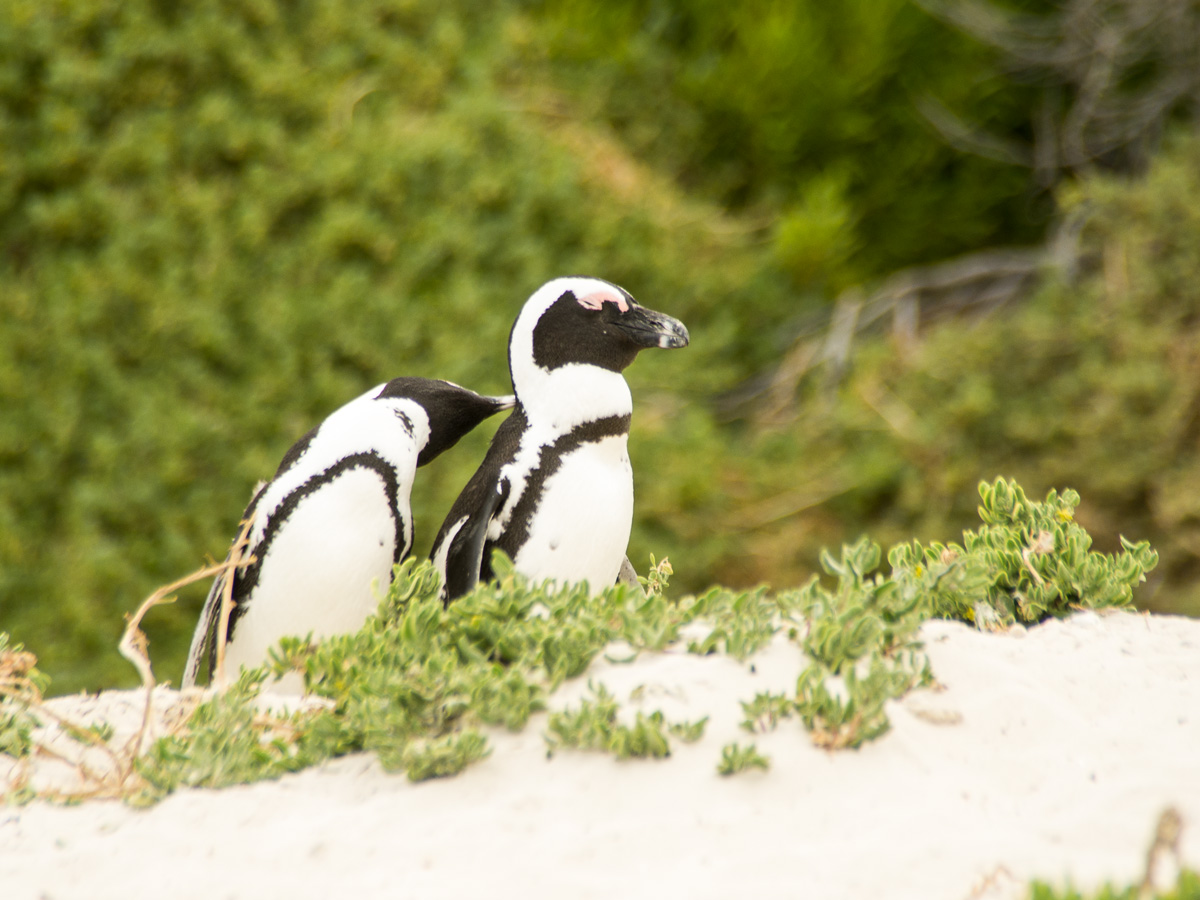
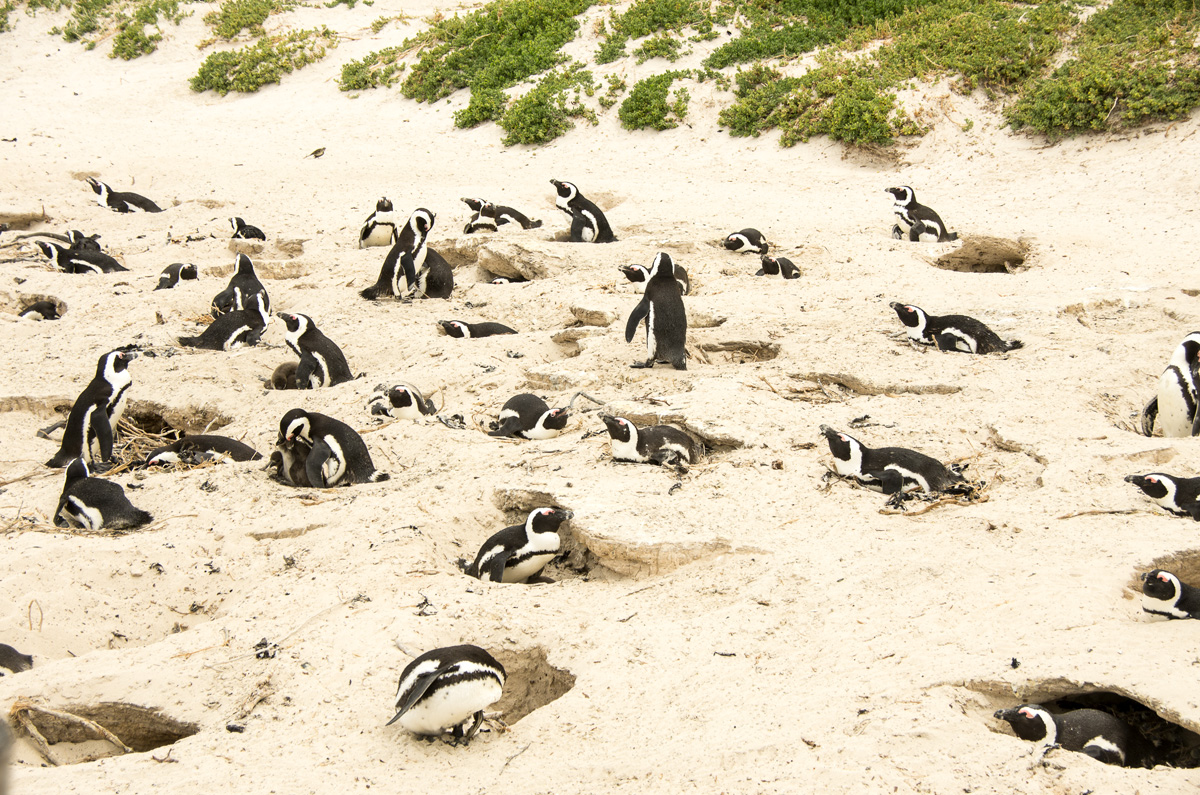

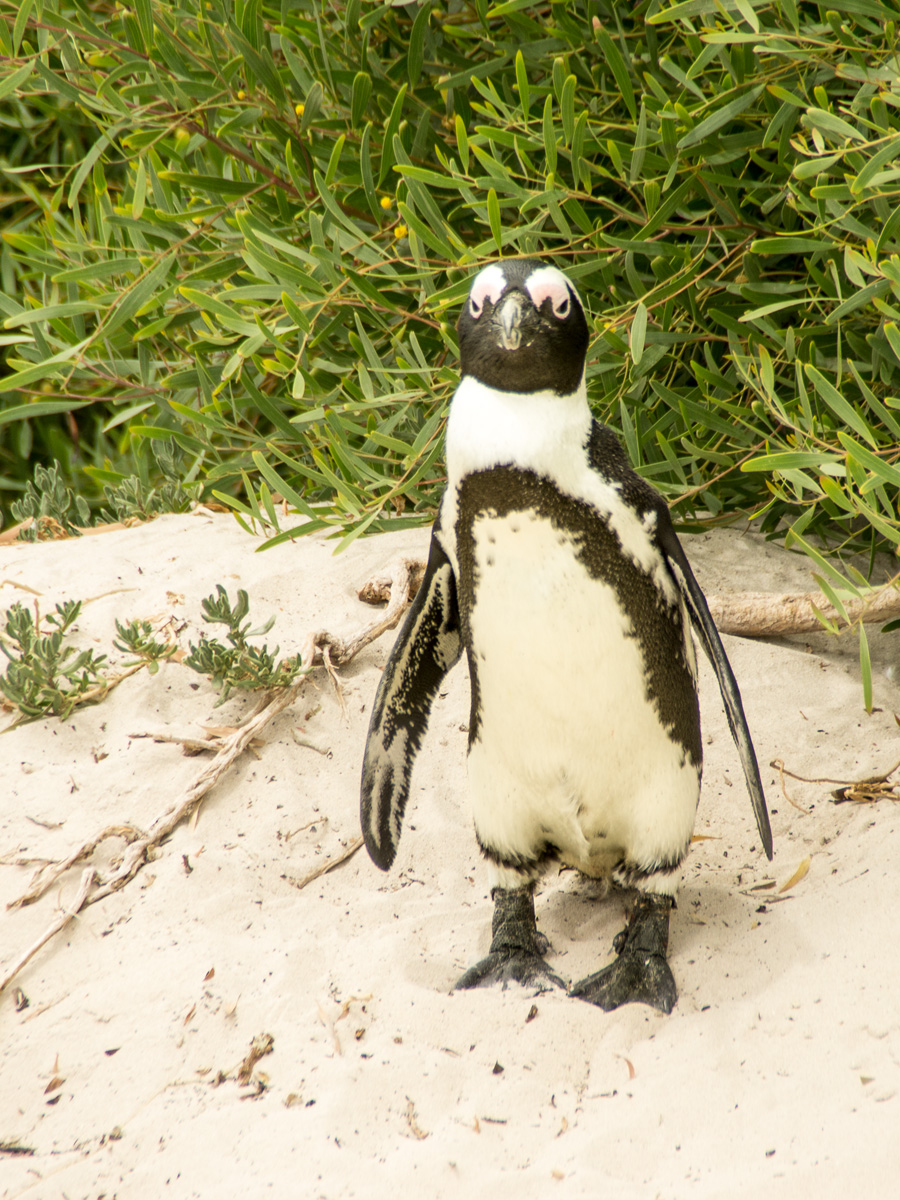
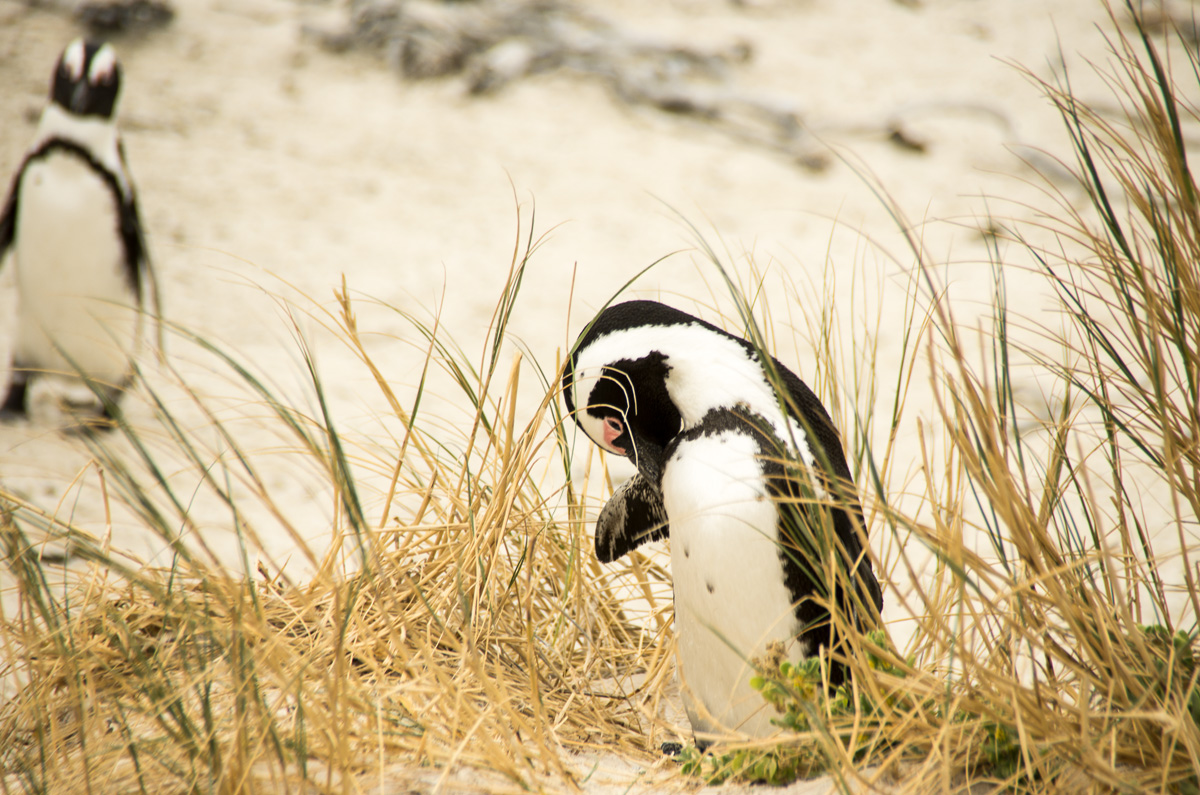
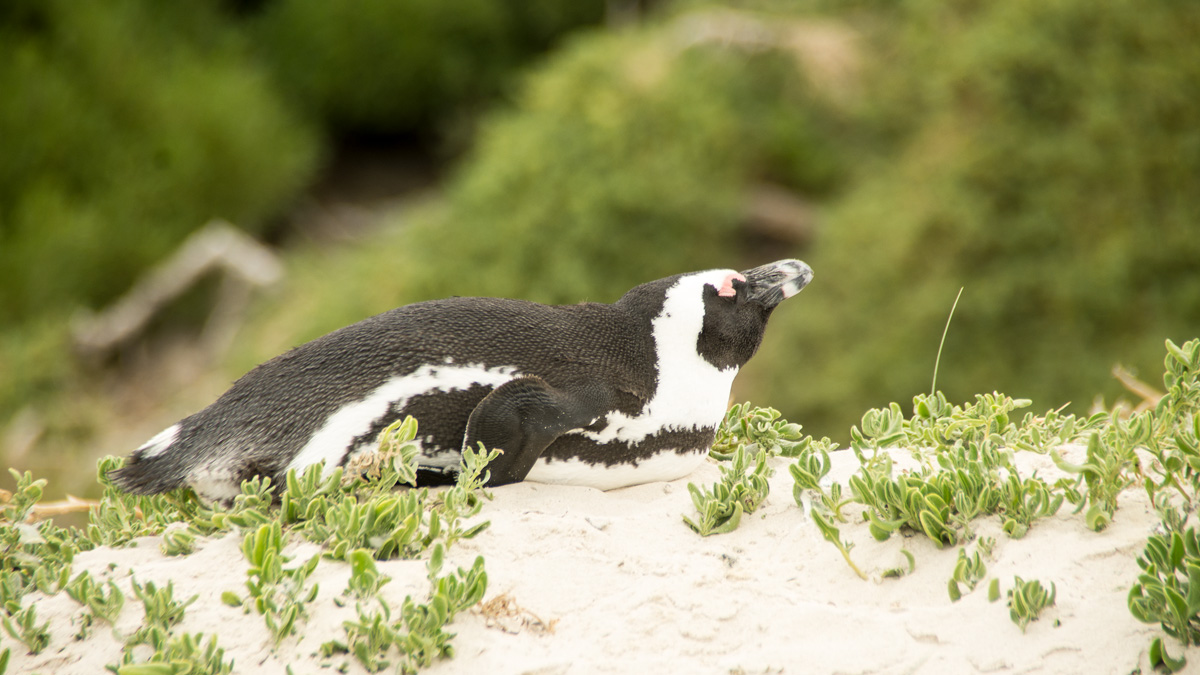
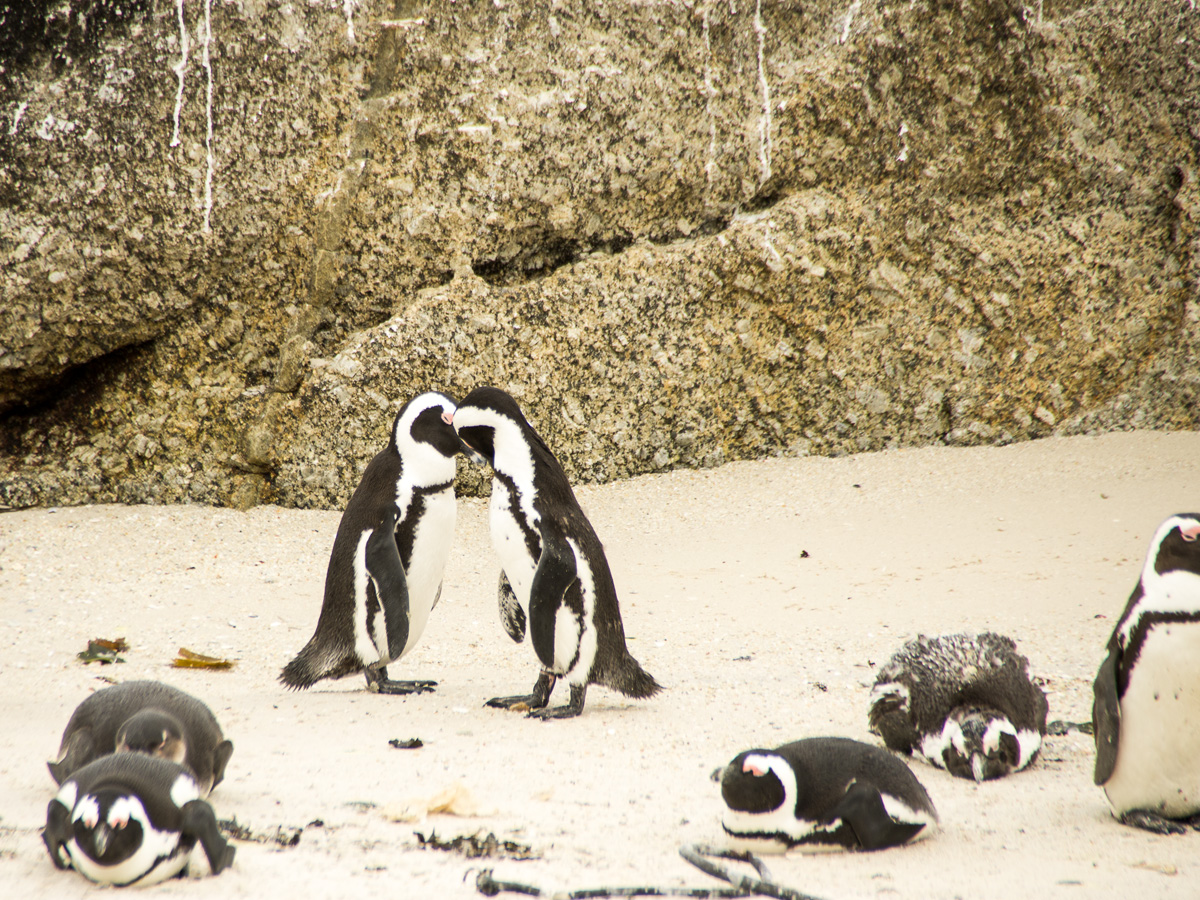
This species of penguin is also called the African or Black-Footed Penguin. Its numbers have seriously declined in the Twentieth and Twenty-First Centuries. This is one of the few colonies on the African mainland. Because of its protected status this particular colony at Boulder Beach is thriving.
No. 4. Canyon Climbers

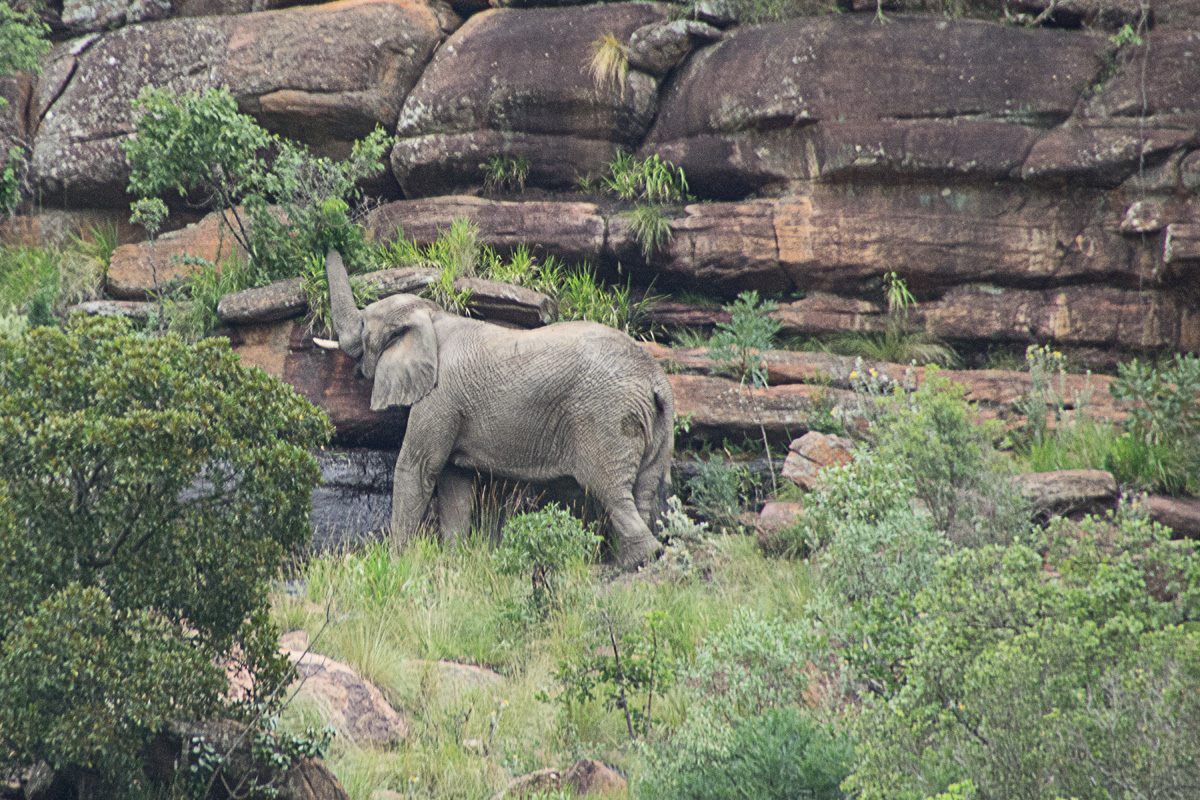
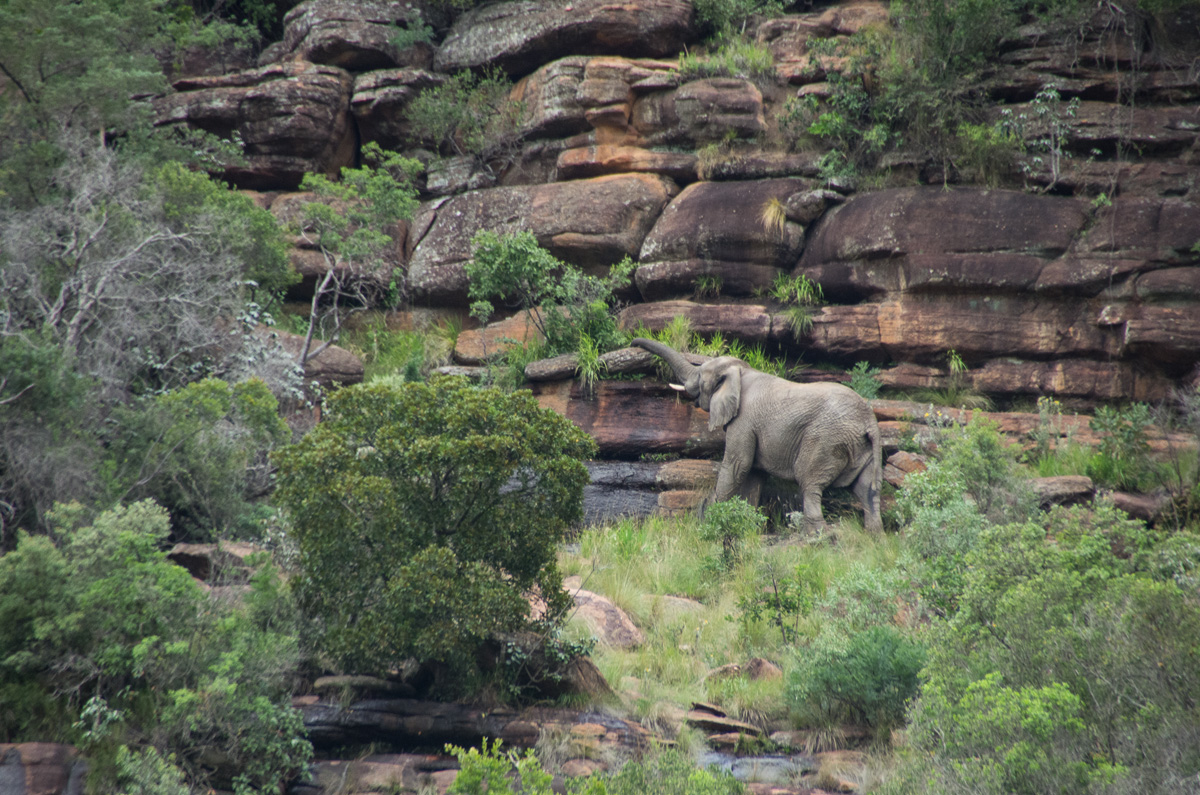
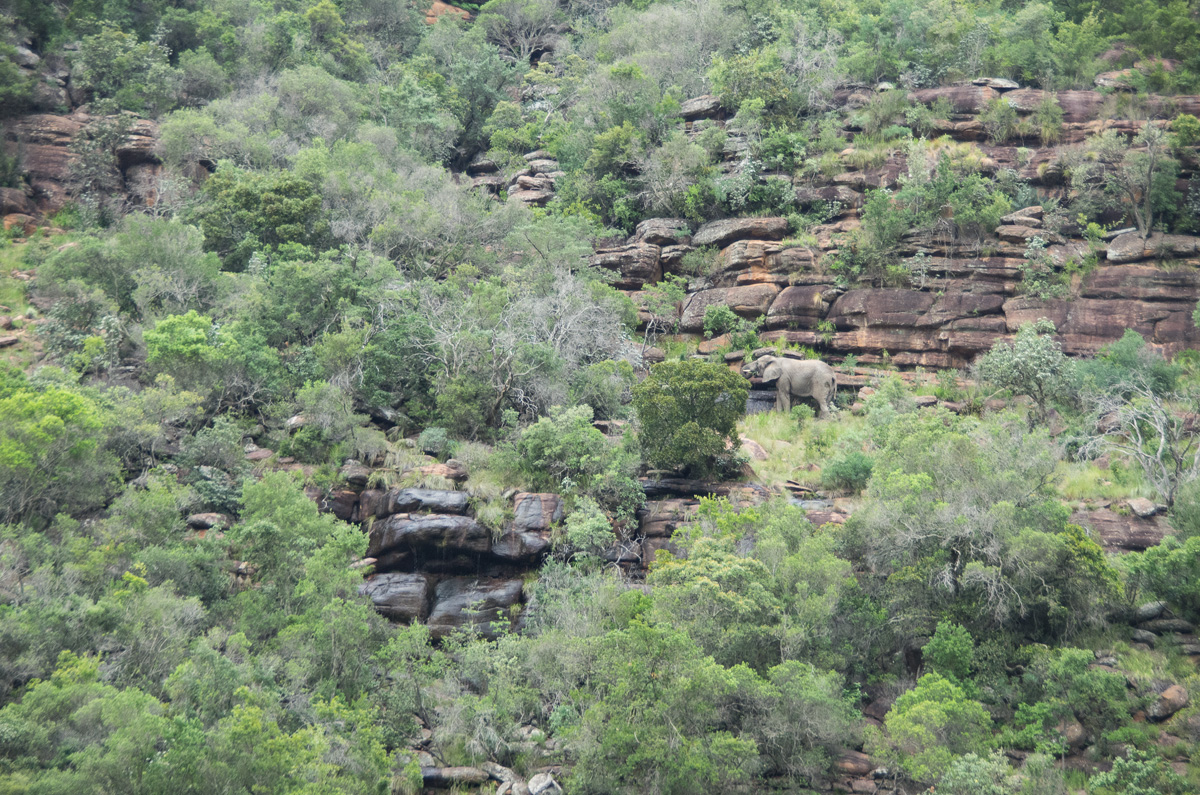

While descending in a 10-seater Land Rover from the high plateau in South Africa’s Entabeni Safari Conservancy to the bushveldt where most of the animals live, we spotted this elephant climbing the steep canyon walls. These are all pictures of the same animal. I’ve included them in descending order to provide a sense of the elephant in relation to the steep canyon.
The bottom picture shot with an 18mm focal length is included to provide scale. The top picture was shot at a 250mm focal length and cropped to get in closer to the animal. Turns out Elephants are great climbers. I guess that’s why Hannibal attempted to use them to cross the Alps during the Punic Wars in the Second and Thrid Centuries BCE. (Most of Hannibal’s elephants did not survive the hostile Alpine climate).
No. 50 It’s a Wired World With a Love Dance
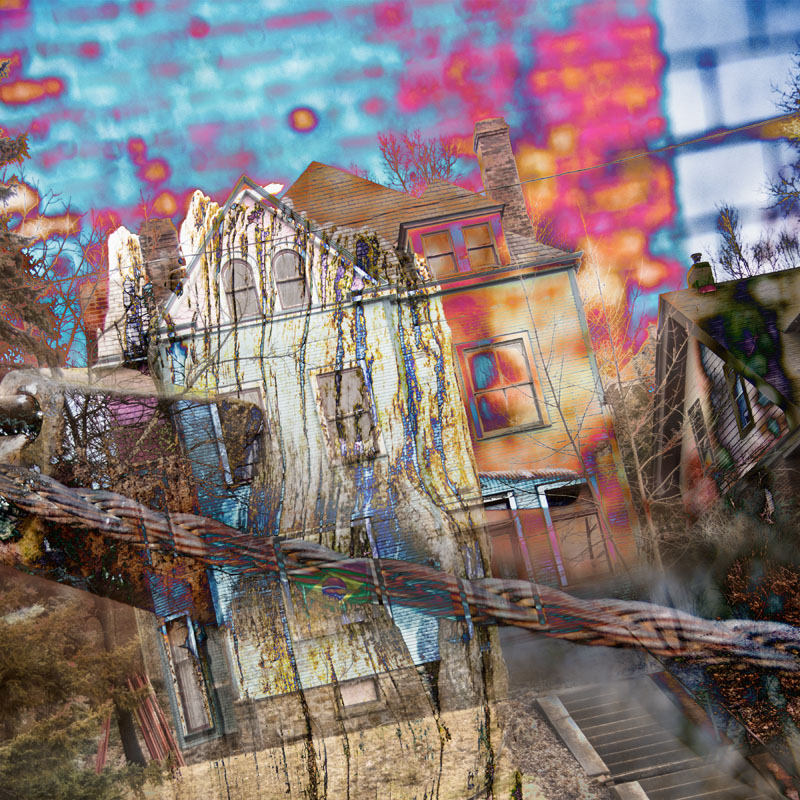
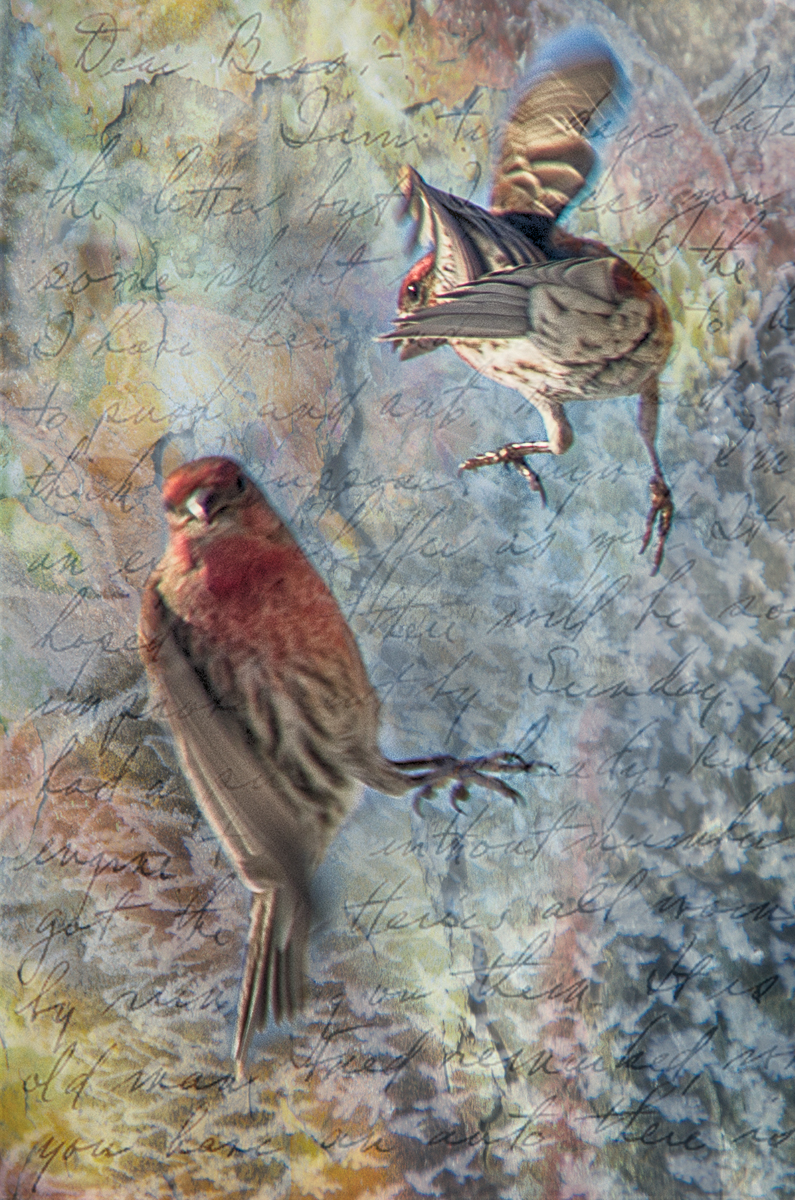
“It’s a Wired World” is featured in November and December 2017 in the front window of Art Plus Gallery. It’s another one of those I rescued from the archives, which had never been shown previously. The mansion is in North Pittsburgh.
The bottom picture “Winter Love Dance” is more recent and is also being shown at Art Plus Gallery through the end of the year. This picture is part of my Love Letters Series.
No. 45. Hang on Sloopy, Hang On
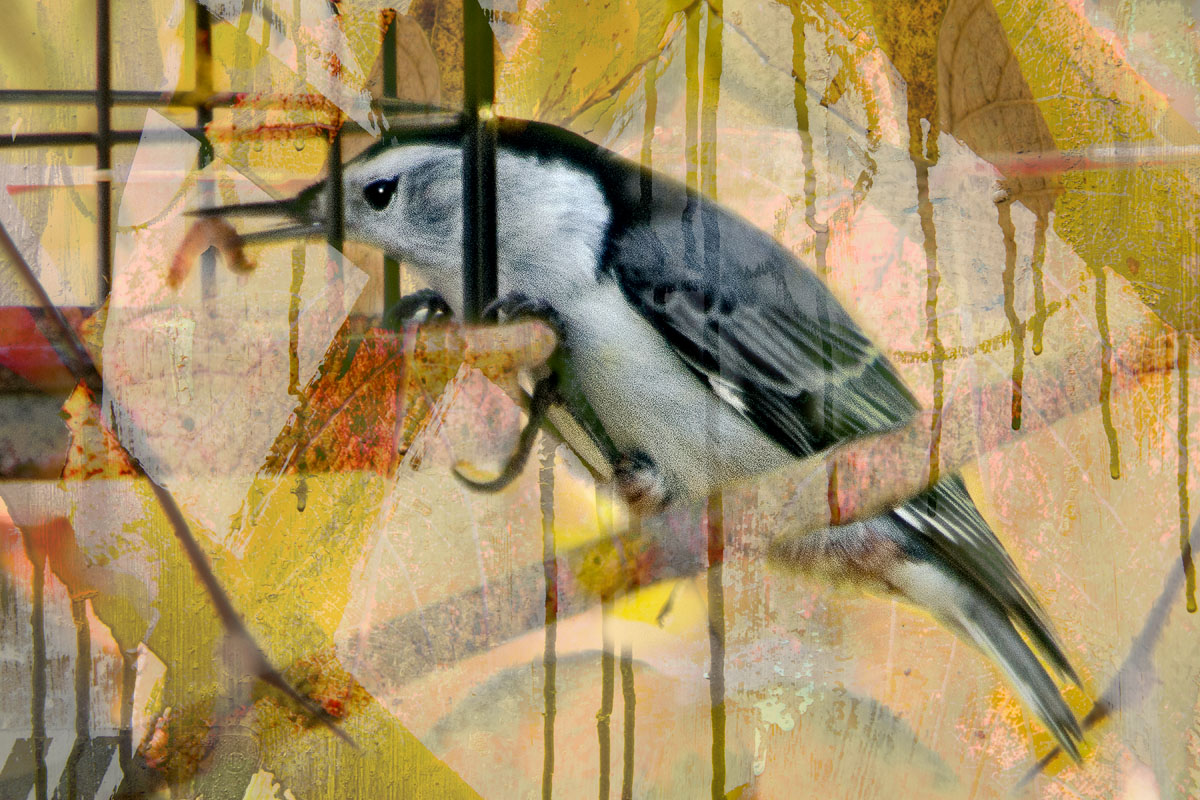
This bird is a Nuthatch which is an unusual bird. You usually see it hanging or walking down a tree head first. This helps them find insects. Indeed this fellow prefers to eat seeds out of our sunflower seed feeder upside down. Apparently, it can’t get purchase to do that on our worm feeder, so hangs on the best it can.
